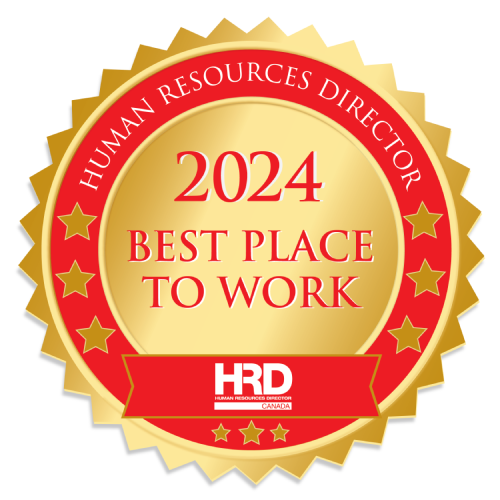
Lisa Taylor, CEO of Challenge Factory and author of The Talent Revolution: Longevity and the Future of Work, captivated our Symposium audience with her forward-thinking perspectives on the workplace. Building on her insights, this blog explores key themes she emphasized: intergenerational dynamics, productivity, and trust that are redefining how we work and lead.
The world of work is undergoing a profound transformation, driven by technological advancements, demographic shifts, and evolving societal expectations. As we navigate this new age of work, three key themes emerge as critical for organizations and leaders to address: intergenerational dynamics, pace and productivity, and trust. Understanding and effectively managing these elements can help create a resilient and thriving workplace.
Intergenerational Dynamics: Bridging the Gap
In today’s diverse workforce, multiple generations work side by side, each bringing unique perspectives, skills, and expectations. This diversity can be a significant asset if managed well. However, it also presents challenges, particularly in terms of communication and collaboration.
One of the primary issues is the outdated notion of career trajectories. Traditionally, careers were seen as linear paths ending in retirement, but this model no longer fits the reality of longer lifespans and evolving career aspirations. Organizations need to rethink career development, offering flexible and varied opportunities that cater to employees at different life stages. This includes creating roles that leverage the experience of older workers while providing growth opportunities for younger employees.
By fostering an inclusive environment that values contributions from all age groups, organizations can enhance innovation and performance. Encouraging mentorship programs, cross-generational projects, and continuous learning opportunities can help bridge generational gaps and build a cohesive, collaborative workforce.
Pace and Productivity: Finding the Right Balance
The COVID-19 pandemic has significantly impacted how we perceive and manage work. During the crisis, many organizations operated in a constant state of urgency, which, while necessary at times, is unsustainable in the long term. This relentless pace can lead to burnout and decreased productivity.
To address this, organizations need to distinguish between urgent and important tasks. Not every issue requires an immediate, high-intensity response. By prioritizing effectively and managing workloads sustainably, leaders can prevent burnout and maintain high levels of productivity over time.
The concept of “slow productivity,” popularized by Cal Newport, advocates for a focus on quality over quantity. This approach encourages working at a sustainable pace, emphasizing deep work and high-quality outcomes rather than sheer volume. Implementing strategies that promote work-life balance, such as flexible working hours and remote work options, can also contribute to a healthier, more productive workforce.
Trust: The Foundation of a Thriving Workplace
Trust is a fundamental component of any successful organization. It underpins effective collaboration, innovation, and employee engagement. In the context of remote and hybrid work environments, building and maintaining trust has become even more critical.
Leaders need to cultivate trust by being transparent, consistent, and empathetic. This involves clear communication, setting realistic expectations, and providing support when needed. Trust also requires leaders to empower their teams, giving them the autonomy to manage their work and make decisions.
Creating a psychologically safe environment where employees feel valued and respected is essential. This means addressing issues of mistrust head-on and fostering a culture of openness and accountability. When employees trust their leaders and colleagues, they are more likely to be engaged, motivated, and committed to the organization’s success.
Conclusion: Embracing the Future of Work
The new age of work presents both challenges and opportunities. By addressing intergenerational dynamics, balancing pace and productivity, and building trust, organizations can create a resilient and adaptive workforce. These principles are not just theoretical; they require practical implementation and a commitment to continuous improvement.
It’s essential to remain flexible and open to new ideas. The future of work is not set in stone; it is shaped by our actions and decisions today. By embracing these principles, organizations can not only survive but thrive in the new age of work.
Challenge Factory is an internationally trusted advisory and research firm that supercharges talent across organizations, industries, and economies. Their clients don’t worry about the Future of Work; they shape it.
Join the conversation at Thorpe Benefits as we host roundtables and HR sessions on significant subjects like this. Check our event calendar here for details.

